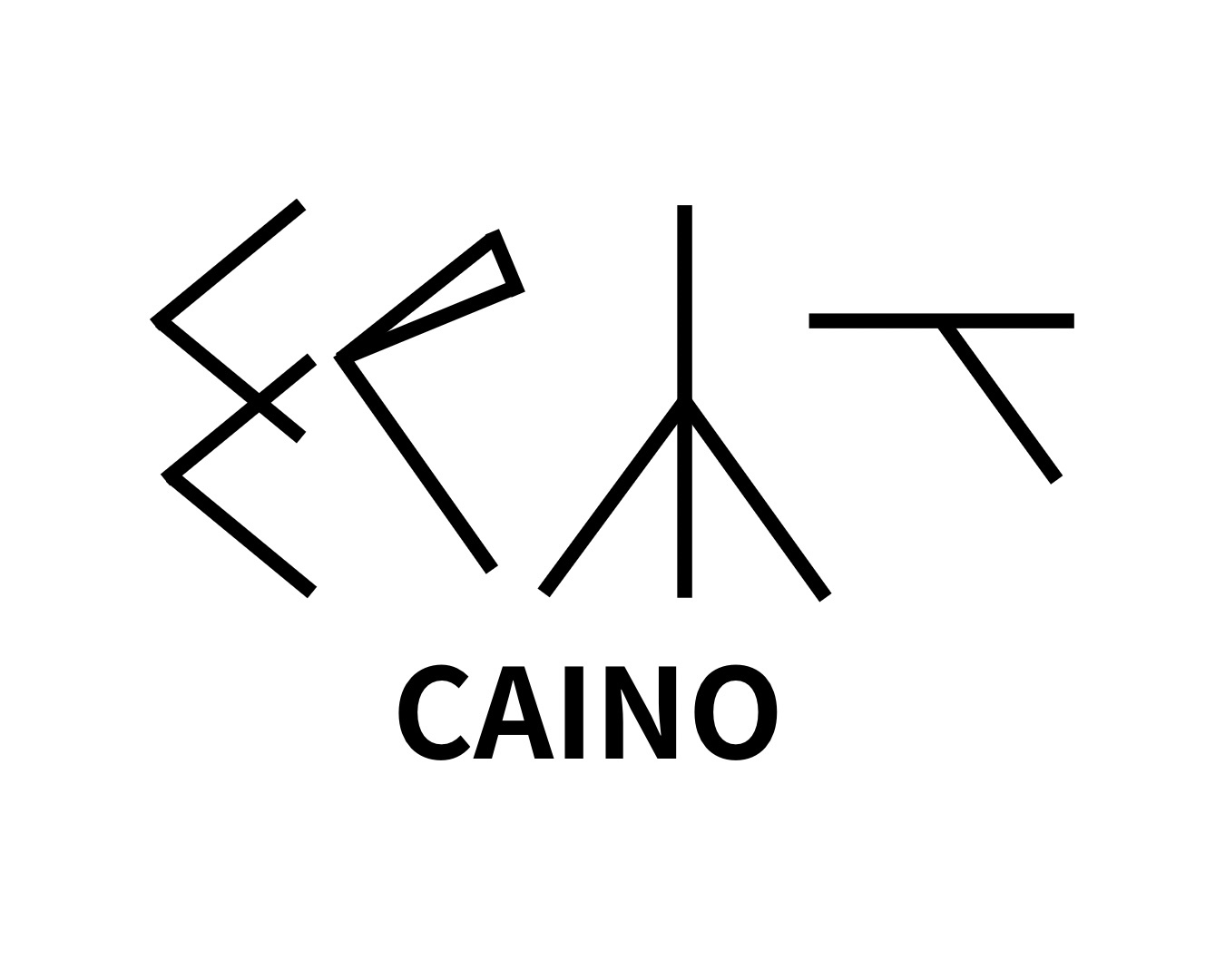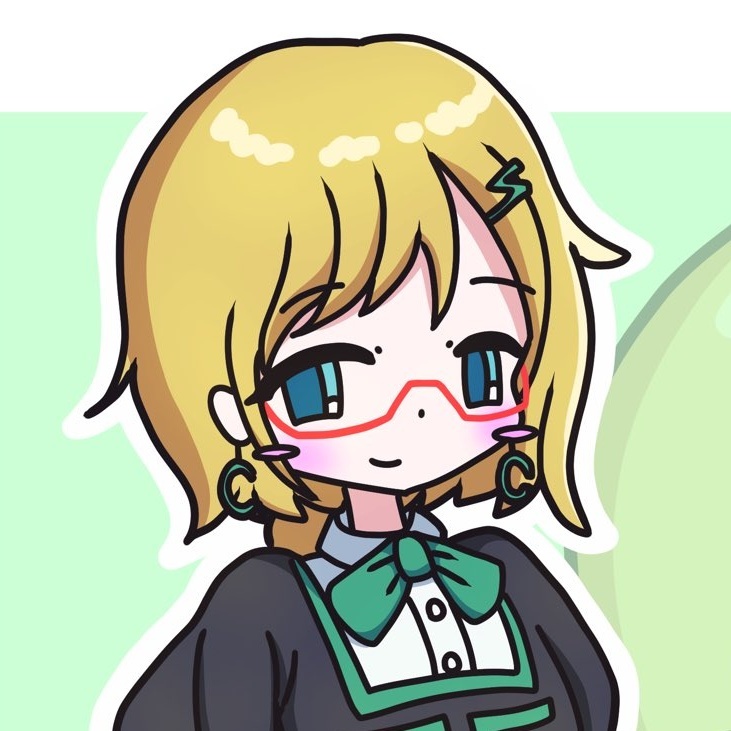Sound Inventory
Vowels
The following vowels have been reconstructed for Proto-Ethúlic:
Short: *a, *e, *i, *o, *u
Long: *ā, *ē, *ī, *ō, *ū
Consonants
The following consonants have been reconstructed for Proto-Ethúlic:
Voiceless Unaspirated Stops: *p *t *k *kʷ *ʔ
Voiced Unaspirated Stops: *b *d *g *gʷ
Voiceless Aspirated Stops: *pʰ *tʰ *kʰ *kʷʰ
Voiced Aspirated Stops: *bʰ *dʰ *gʰ *gʷʰ
Prenasalised Unaspirated Stops: *ᵐb *ⁿd *ᵑg *ᵑgʷ
Prenasalised Aspirated Stops: *ᵐbʰ *ⁿdʰ *ᵑgʰ *ᵑgʷʰ
Voiceless Fricatives: *f *s *x *xʷ *h
Voiced Fricatives: *v *z *γ *γʷ
Nasals: *m *n *ŋ *ŋʷ
Trill: *r
Approximants: *w *l *j
Phonotactics
The structure of a Proto-Ethúlic syllable can be formulated as follows:
(C)C(V)C(C)
Note that, as a result of ablaut explained in the next section, a vowel may or may not be present in a given syllable. In this case, one of the consonants (usually sonorants) forms the syllable nucleus.
Ablaut
Proto-Ethúlic has a three-way ablaut system. There are three grades in this system:
- zero grade
- short grade
- long grade
Each of the five vowels (a, *e, *i, *o, *u) can alternate with its zero (Ø) and long counterparts (*ā, *ē, *ī, *ō, *ū). Unlike languages such as Proto-Indo-European, the alternation is not triggered by the presence of stress. In which grade the vowel should be is determined based on the position of the given wordform within the declension/conjugation paradigm.
This ablaut system was later made more complex in the Ragonic branch, through the development of the Àwa Hrísmírin system.





Latest comments (0)